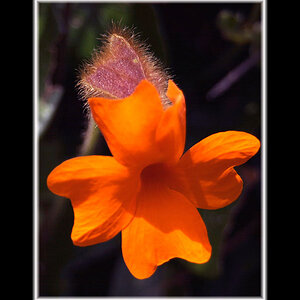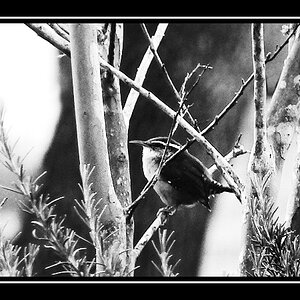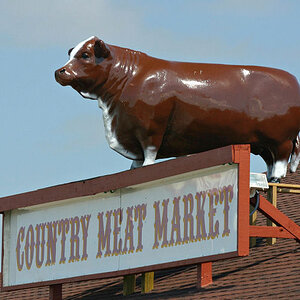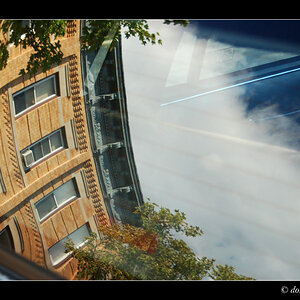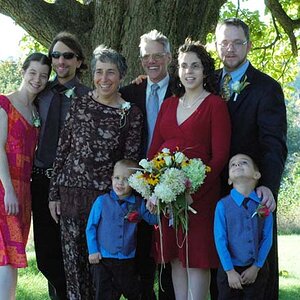Designer
Been spending a lot of time on here!
- Joined
- Apr 13, 2012
- Messages
- 18,505
- Reaction score
- 4,853
- Location
- Iowa
- Can others edit my Photos
- Photos OK to edit
Both, actually. They should be nearly the same image.So when he says "35mm look" what's he referring to, what he sees on the viewfinder or picture itself?
As for me, I would recommend some other prime lens rather than either the 35mm or 50mm. Something longer would be my first choice. So many nice lenses available, that it is hard to pick just one.
What kind of photography do you like to do? The 35 might be nice for an all-purpose carry-around lens. For portraiture, you should use something longer, with a good minimum focal length being 85mm, and going up from there, such as; 105, 135, 180, etc.


![[No title]](/data/xfmg/thumbnail/42/42475-965e641fd6a3f72e60d9f555233b0aab.jpg?1619740194)

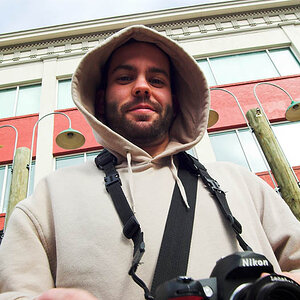
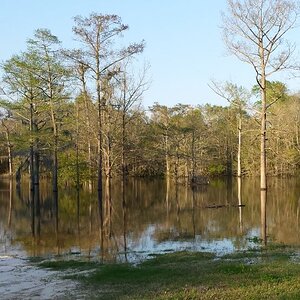

![[No title]](/data/xfmg/thumbnail/37/37602-1ef8dbb1c2d0e4ff347ee65d328c3603.jpg?1619738147)

